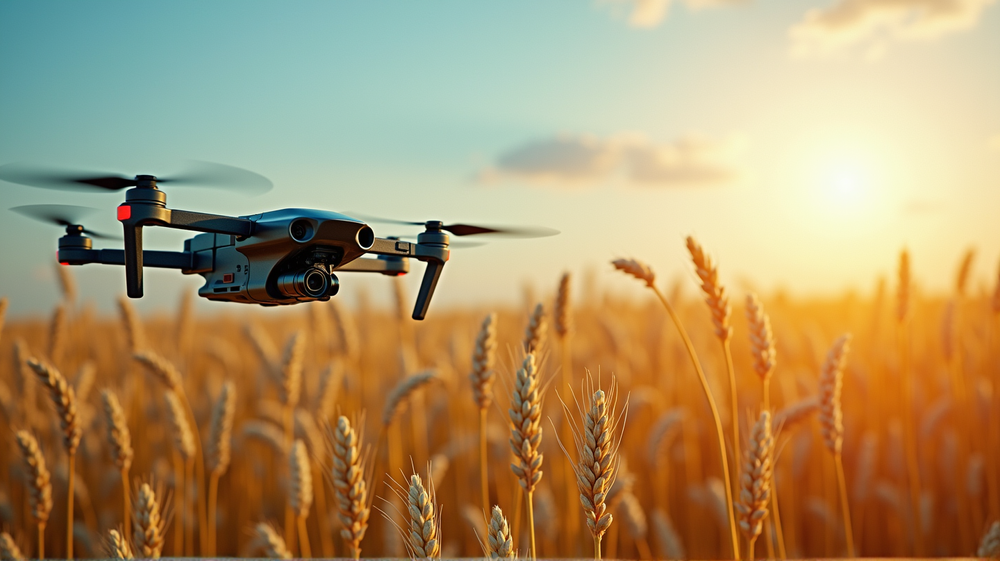In the serene expanse of the fields in Fargo, ND, a quiet revolution is unfolding. Craig Carlson, a Research Geneticist within the Cereal Crops Improvement Research Unit, is leading a journey to revitalize the humble oat, unlocking potential that may redefine its role in agriculture.
Nurturing Oats with Technology
Developing heartier oat varieties isn’t merely about choosing superior strains; it’s about sowing ambitions. Dr. Carlson’s lab is engaged in a dance of genetics and innovation, aiming to open new chapters in oat breeding. Their vision embraces not just higher yields, but also superior grain quality and robust disease resistance, making every harvest a step forward in the realm of cereal science.
From Tradition to Transformation
Oat crown rust, a notorious foe for those tending the fields, has long overshadowed the potential of this vital crop. Infamous for its intensity, this pathogen is capable of overthrowing resistance within five brief years. By shifting from outdated single-gene strategies to robust, multi-gene defenses, farmers and scientists alike are laying the groundwork for what promises to be a more sustainable future.
The Role of AI in Breeding
The infusion of Artificial Intelligence significantly alters the game. Computer vision, a burgeoning offshoot of AI, deciphers plant-pathogen interactions with the precision only machines can achieve. This technology is sculpting a new era of disease management, offering a beacon of hope for developing durable resistance strategies.
AI enables the measurement of disease symptoms at an unprecedented scale, mapping pustule lesions with an accuracy unattainable by the human eye. According to ARS, USDA (.gov), such advancements herald a shift, where pre-field predictive models steer breeding towards an approach where data and discretion forge an inseparable bond.
Overcoming Challenges with AI
Implementing AI in crop science is not without its hurdles. From ensuring data quality to managing the sheer computational demand, every challenge holds a lesson. Collaborative efforts are underway, where the power of USDA’s SCINet cluster and GPU acceleration substitute days of toil for overnight breakthroughs.
AI enriches every breeding season with predictions that bring clarity to complexity. By merging weather, soil, and multispectral insights with genotype data, AI forecasts the fittest contenders, thereby conserving crucial resources and steering efforts towards promising results.
Debunking AI Myths in Agriculture
As AI continues to advance, misconceptions may arise. The belief that AI could fully replace scientific intuition overlooks a critical nuance; It enhances but does not eclipse human expertise. The democratization of AI tools is bridging the gap, offering public breeders access to cutting-edge models that strive for community betterment.
Looking to the Future of AI in Crop Science
With innovations looming on the horizon, the future promises further integration of AI to manage and monitor trials most economized manually. From drones capturing multispectral data to spectrums undetectable by humans, Dr. Carlson envisions a future where AI holds the key to unlocking deeper insights and collaborations within the farming community.
The synergy between AI and breeding brings into view a vision where every seed planted marks a calculated leap towards securing a richer, more sustainable tomorrow. This seamless blend of man and machine is crafting the future of plant breeding, particularly for oats, and it’s only just beginning.













